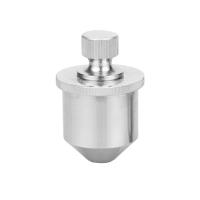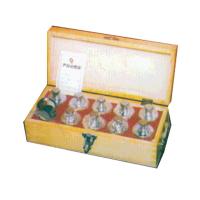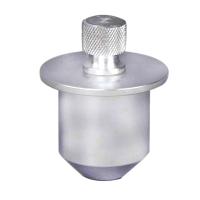GB 1762-1980 "Determination of paint film after tack" is suitable for the determination of paint film after tack. After the paint film is dried, it adheres due to the influence of certain temperature and Humidity.
| Number: GB 1762-1980 | Name: Determination of paint film after tack | Status: Active |
This standard is applicable to the determination of paint film backtack. After the paint film dries, the adhesion phenomenon occurs due to the influence of a certain temperature and humidity, which is called the backtack of the paint film.
1. General provisions
Materials and Instruments
Filter paper piece: medium speed quantitative filter paper 20x20 mm;
Tackiness tester: weighs 500 grams, has a bottom area of ââ1cm² and is required to be flat and smooth. As shown in the picture:
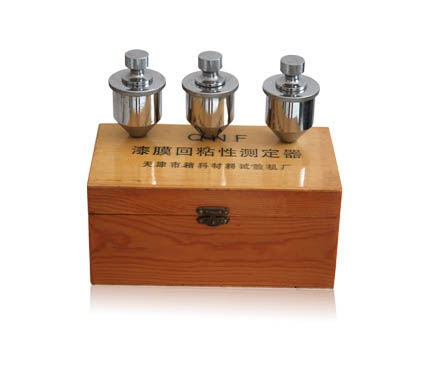
Tinplate: 50x120x0.2~0.3mm;
Temperature and humidity control box: DL302 type;
Magnifying glass: four times.
2. Measurement method
Prepare the paint film on the tinplate according to the brushing method of "General Preparation Method of Paint Film" (GB 1727-79). After painting, dry under constant temperature and humidity conditions for 58 hours. Place the smooth side of the filter paper face down on the paint film no less than 1 cm away from the edge of the sample, put it into the temperature and humidity control box, and preheat the filter paper at a temperature of 40±1°C and a relative humidity of 80±2%. Place the viscosity tester in the center of the filter paper and close the temperature and humidity control box. Raise to temperature 40±1â and relative humidity 80±2% within 5 minutes, and maintain under these conditions for 10 minutes. Quickly lift the measuring device straight up and take out the sample. Place it under constant temperature and humidity conditions for 15 minutes, and observe the results with a four-fold magnifying glass.
3. Rating
1. Turn the sample upside down and the filter paper can fall freely, or tap it a few times with the index finger of the hand holding the plate and the filter paper can fall, which is rated as level 1.
2. Gently lift the filter paper piece, allowing for impressions, and sparse and slight filter paper fibers sticking to it. Those with a total fiber area of ââless than 1/3 cm² are classified as level 2.
3. Gently lift the filter paper piece, allowing for impressions and dense filter paper fibers. The total area of ââthe fibers is less than 1/3~1/2 cm², which is level 3.
During the inspection, three sample plates are prepared for each sample at the same time for measurement, and the level with the same results from the two samples is used as the evaluation result.
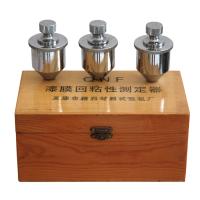
 JingKeLianQNFFilm Backtack tester
JingKeLianQNFFilm Backtack tester